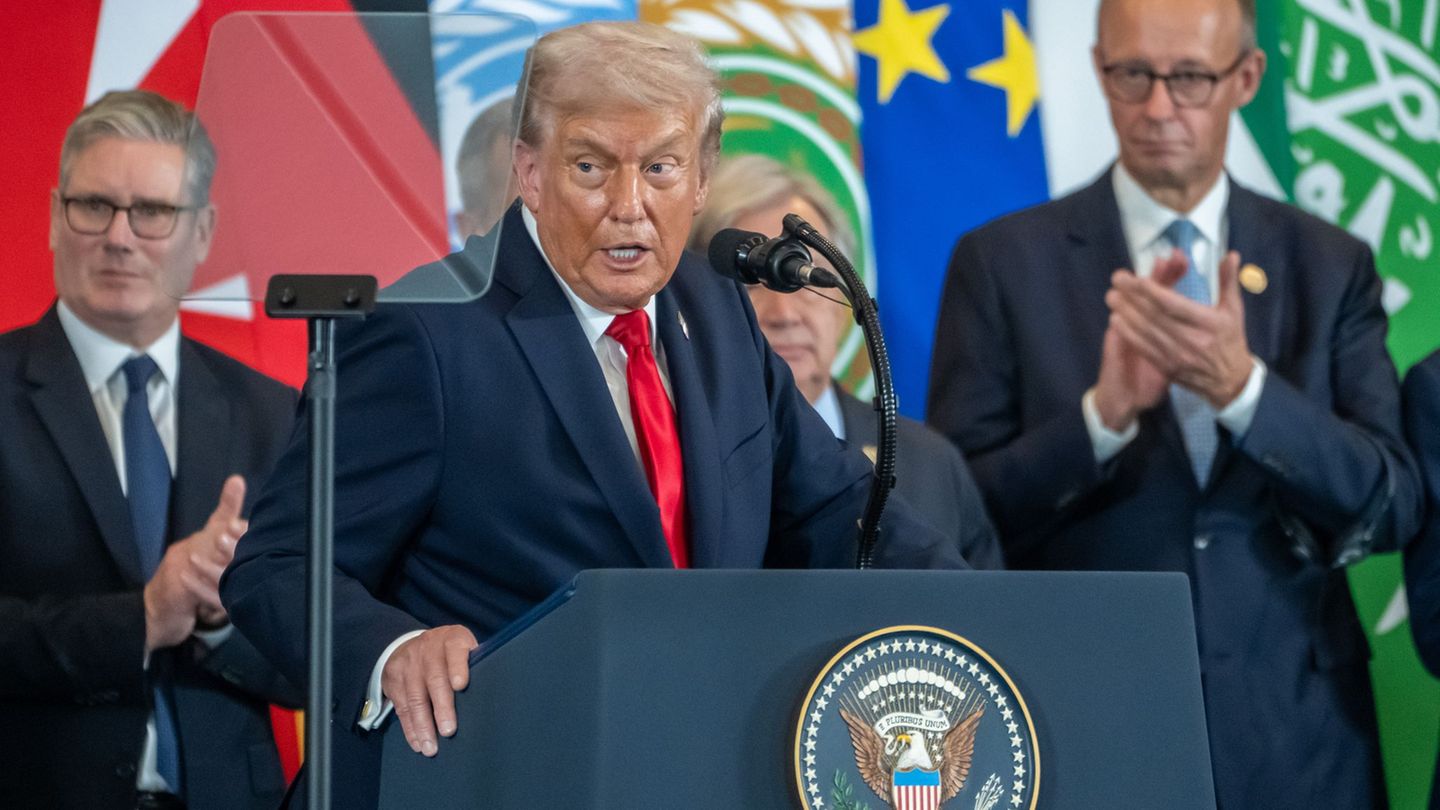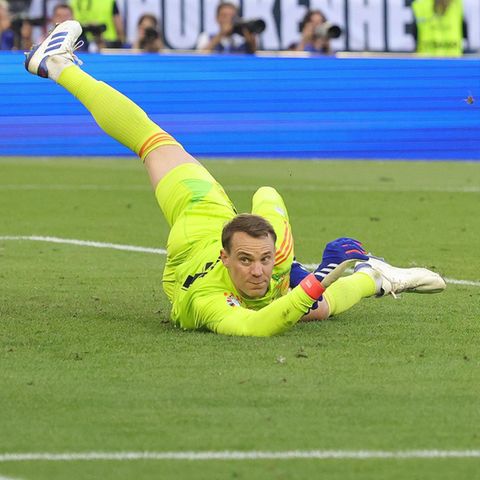Around the 100 days of Javier Milei’s administration, the musings of economic agents focus on the timing of implementation of the new regime promoted by the Government as a replacement for the “transitional” scheme with which he began his administration, marked by the fiscal and monetary adjustment, especially via liquefaction. In particular, the gaze points to the exit from the stocks to the dollar, which the President proposed as the next step, although in recent days he tried to calm anxieties in this regard. In that sense, the market chew during these hours the idea, not only that the disarmament of exchange regulations would be gradual, but also that the exchange rate unification is not yet around the corner.
While celebrating the evolution of macro-financial variables in a collapsing real economy, Milei He proposed the following path: exit from the stocks, currency competition and closure of the Central Bank. In recent days, both he and the minister Luis Caputo They referred to the first point, although they qualified the imminence of exchange deregulation. “The exit from the stocks is closer,” the president said on Sunday in La Nación+ but clarified that there is still no certainty that, if it were implemented now, there would not be a bullfight. In other words, he recognizes that he still does not have sufficient reserves to mitigate risks.
Thus, there is two focuses of attention in the economic team. On the one hand, they consider that they need continue liquefying the BCRA’s paid liabilities to avoid a scenario of flight towards the dollar when restrictions are lifted. The recent reduction in the monetary policy rate from 100% to 80% annual nominal is explained in this way. On the other hand, they aim to achieve the hitherto elusive debt in dollars to speed up the recovery of reserves. “With US$15,000 million I open the stocks now,” said Milei and spoke of the negotiations with the International Monetary Fund for a new program and also of conversations with private funds.
In the market they acknowledge receipt of those words. In dialogue with Ambit, two City operators agreed that it is difficult to think of a scenario for exiting exchange control before mid-year. One of them linked the timing of disarmament to the times of the negotiation with the IMF. The BCRA accumulates a strong purchasing balance of US$10.7 billion thanks to imported import payments, but net reserves are still in negative territory.
image.png
The stocks and the signal of lower rates
The consultant 1816 set its sights on lowering rates that the BCRA defined last week and detected a implicit signal in relation to exchange rate policy. For the firm’s economists, the fall of the cash with settlement (CCL) in recent weeks opened two alternatives to the economic team: “It allowed progress in the (partial) release of the stocks, which would bring the economy closer to an exchange rate unification, or in a rate cut, which would accelerate the shrinking of the BCRA’s balance sheet in real terms. The Government opted for the latter, setting the tone that The lifting of the stocks is not so close and that exchange rate unification will have to wait”.
Given the drop in rates and taking into consideration Caputo’s statements about the negotiation of a new program with the Fund, 1816 estimated that the most likely scenario would be an attempt to unify towards end of the third quarter of this year or beginning of the fourth.
On this point, the economist Leandro Ziccarelli, author of the podcast Financiero, Monetario e Irreverente, stated that “the interest rate below inflation is not something you can have when you go to take out the stocks.” And he pointed out that the decision to reduce it aims to speed up the liquefaction in terms of purchasing power, but that to lift the stocks the most relevant thing would be the liquefaction against dollars. Something that, after the shock of the December megadevaluation, does not occur due to the 2% crawl since the CCL is ironed by the oversupply implied by the blend dollar.
Gradual exit
“I don’t think they are thinking about getting out of the trap overnight, but it’s going to be gradual“, Ziccarelli said and projected that the base scenario is that it occurs in the second semester, although conditional on how much the liquidation of the coarse harvest impacts the dynamics of the exchange gap and whether or not a new indebtedness with the Fund takes place.
In dialogue with Ámbito, the financial analyst Christian Butler considered: “Leaving the stocks is always risky. It was in 2015, when the situation was not as serious as the current one, so it will be now as well. For me, the best way to get out is quickly and with a low gap. The Government seems to be looking to leave, but wants to improve the BCRA’s balance sheet. I don’t think they will get many more pesos than they already got with BOPREAL and the repurchase of Treasury debt, that is already having a limit. And if it is true that it is so that more dollars come in for the harvest, it is also true that those dollars are bought in the market with the issuance of pesos. And on the other hand, the negative rate with which they try to liquefy the purchasing power of the pesos is going to be very difficult to sustain without the gap escaping.”
With these letters on the table, Buteler estimates that the Government will not advance in disarmament of the stocks from one day to the next, “but rather We will probably see partial exits”. “Freeing absolutely everything, removing the country tax – which today is the fourth that collects the most – seems like it is not going to be the way. They will find something in between to do it and that would only happen after the entry of dollars from the harvest, with a BCRA that has more dollars to try to smooth out any movement that there may be. But this is day to day and we have to see how the variables arrive at that moment,” he assessed.
Source: Ambito
I am a 24-year-old writer and journalist who has been working in the news industry for the past two years. I write primarily about market news, so if you’re looking for insights into what’s going on in the stock market or economic indicators, you’ve come to the right place. I also dabble in writing articles on lifestyle trends and pop culture news.




